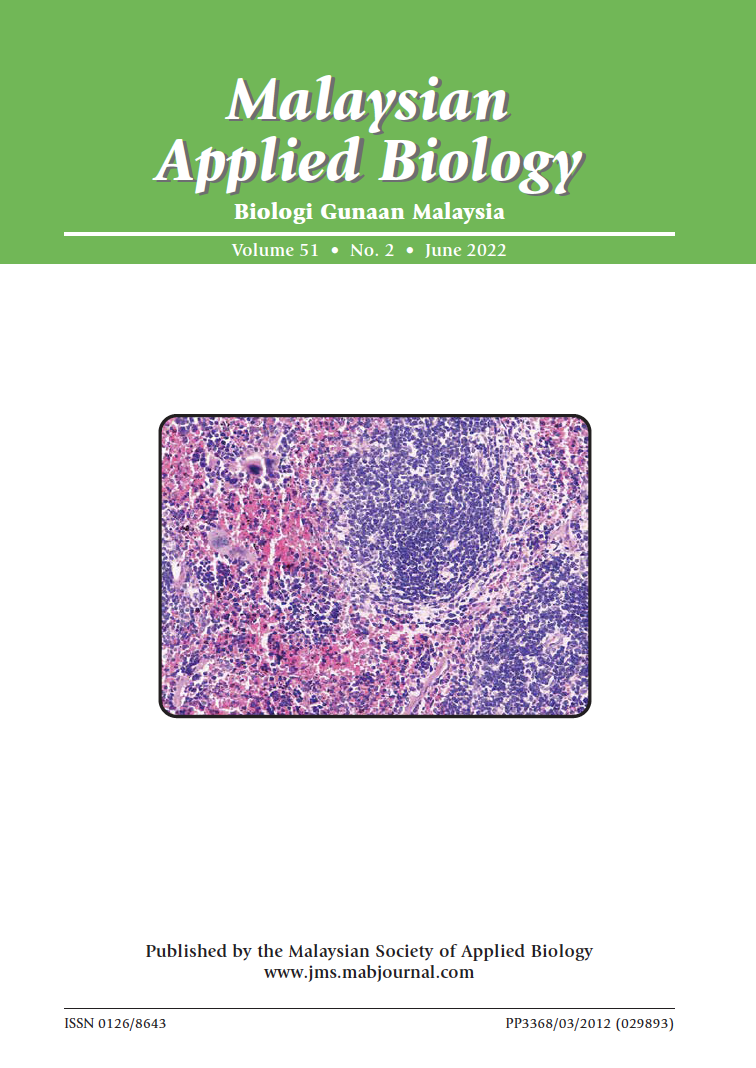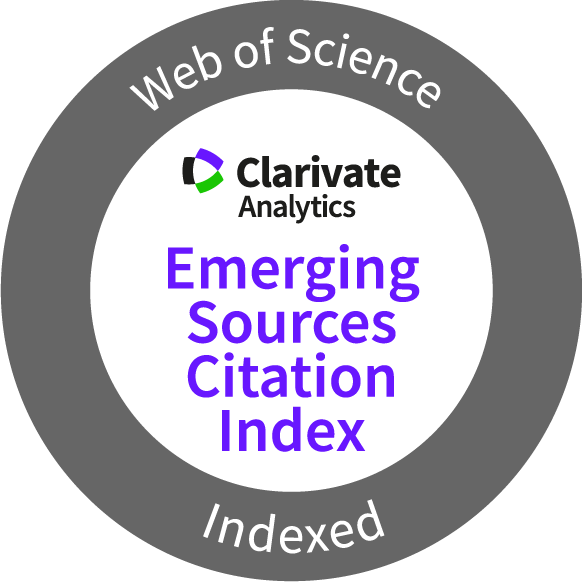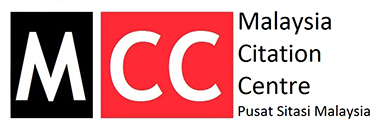THE PROXIMATE COMPOSITION AND METABOLITE PROFILING OF SUGARCANE (Saccharum officinarum) MOLASSES
Keywords:
amino acid, proximate, sugarcane molasses, sugar, sucroseAbstract
The transformation of organic by-products into valuable materials has become a necessity and a common practice in the food industry. By-products oftentimes offer low economic value and conferred numerous health benefits. Sugarcane molasses is a waste from the sugar manufacturing process with many valuable compounds. It is known to be rich in nutrients, and the various processing stages might be the cause of the complex nature of sugarcane molasses. Therefore, this study aimed to analyze the proximate composition of sugarcane molasses and to ascertain the sugars and amino acid profile. The result of this study showed that sugarcane molasses is composed of high carbohydrates (75.10±0.7%) and has high sucrose content (38.10±2.4 g). Besides, it comprises several amino acids, namely tyrosine, glysine, proline, glutamic acid, and valine. As the large scale of proximate composition revealed plenty of metabolites present in sugarcane molasses, it can be concluded that this by-product has great nutritional benefits.
Downloads
Metrics
References
Afify, A.S., Abdalla, A.A., Elsayed, A., Gamuhay, B., Abu-Khadra, A.S., Hassan, M. & Mohamed, A. 2017. Survey on the moisture and ash contents in agricultural commodities in Al-Rass governorate, Saudi Arabia in 2017. Assiut Journal of Agricultural Sciences, 48(6): 55-62. DOI: https://doi.org/10.21608/ajas.1999.5752
Ali, S.E., El Gedaily, R.A., Mocan, A., Farag, M.A. & El-Seedi, H.R. 2019. Profiling metabolites and biological activities of sugarcane (Saccharum officinarum Linn.) juice and its product molasses via a multiplex metabolomics approach. Molecules, 24(5): 934. DOI: https://doi.org/10.3390/molecules24050934
Bowen, W.H. 2002. Do we need to be concerned about dental caries in the coming millennium? Critical Reviews in Oral Biology & Medicine, 13(2): 126-131. DOI: https://doi.org/10.1177/154411130201300203
Curtin, L.V. 1983. Molasses-general considerations. Molasses in Animal Nutrition, National Feed Ingredients Association, Iowa.
Dotaniya, M.L., Datta, S.C., Biswas, D.R., Dotaniya, C.K., Meena, B.L., Rajendiran, S., Regar, K.L. & Lata, M. 2016. Use of sugarcane industrial by-products for improving sugarcane productivity and soil health. International Journal of Recycling of Organic Waste in Agriculture, 5(3): 185-194. DOI: https://doi.org/10.1007/s40093-016-0132-8
Hashizume, T., Higa, S., Sasaki, Y., Yamazaki, H., Iwamura, H. & Matsuda, H. 1966. Constituents of cane molasses: part i. separation and identification of the nucleic acid derivatives. Agricultural and Biological Chemistry, 30(4): 319-329. DOI: https://doi.org/10.1080/00021369.1966.10858603
Helkar, P.B., Sahoo, A.K. & Patil, N.J. 2016. Review: Food industry by-products used as a functional food ingredients. International Journal of Waste Resources, 6(3): 1-6. DOI: https://doi.org/10.4172/2252-5211.1000248
Hess, T. M., Sumberg, J., Biggs, T., Georgescu, M., Haro-Monteagudo, D., Jewitt, G., Ozdogan, M., Marshall, M., Thenkabail, P., Daccache, A. & Marin, F. 2016. A sweet deal? Sugarcane, water and agricultural transformation in Sub-Saharan Africa. Global Environmental Change, 39: 181-194. DOI: https://doi.org/10.1016/j.gloenvcha.2016.05.003
Jaffe, W.R. 2015. Nutritional and functional components of non-centrifugal cane sugar: A compilation of the data from the analytical literature. Journal of Food Composition and Analysis, 43: 194-202. DOI: https://doi.org/10.1016/j.jfca.2015.06.007
Jamir, L., Kumar, V., Kaur, J., Kumar, S. & Singh, H. 2021. Composition, valorization and therapeutical potential of molasses: a critical review. Environmental Technology Reviews, 10(1): 131-142. DOI: https://doi.org/10.1080/21622515.2021.1892203
Krehl, W.A. & Cowgill, G.R. 1955. Nutrient content of cane and beet sugar products. Food Research, 20: 449-468. DOI: https://doi.org/10.1111/j.1365-2621.1955.tb16855.x
Li, Y.R. & Yang, L.T. 2015. Sugarcane agriculture and sugar industry in China. Sugar Tech, 17(1): 1-8. DOI: https://doi.org/10.1007/s12355-014-0342-1
IMARC. 2021. Sugar Market: Global Industry Trends, Share, Size, Growth, Opportunity and Forecast 2021–2026. Report. DOI: https://doi.org/10.1016/j.focat.2021.07.011
Martins, Z.E., Pinho, O. & Ferreira, I. 2017. Food industry by-products used as functional ingredients of bakery products. Trends in Food Science & Technology, 67: 106-128. DOI: https://doi.org/10.1016/j.tifs.2017.07.003
Nadeem, M., Qureshi, T. M., Ugulu, I., Riaz, M. N., An, Q. U., Khan, Z. I., Ahmad, K. A., Ashfaq, A. Bashir, H. & Dogan, Y. 2019. Mineral, vitamin and phenolic contents and sugar profiles of some prominent date palm (Phoenix dactylifera) varieties of Pakistan. Pakistan Journal of Botany, 51(1): 171-178. DOI: https://doi.org/10.30848/PJB2019-1(14)
Ogunwole, E., Kunle-Alabi, O.T., Akindele, O.O. & Raji, Y. 2020. Saccharum officinarum molasses adversely alters reproductive functions in male wistar rats. Toxicology Reports, 7: 345-352. DOI: https://doi.org/10.1016/j.toxrep.2020.02.005
Olbrich, H. 2006. The molasses. Biotechnologie-Kempe GmbH, Germany. 131 pp.
Olbrich, H. 1963. The Molasses. Institute für Zucker-industrie, Berlin.
Perez, R. 1995. Molasses, in: Proceeding of Tropical feeds and feeding systems. First FAO electronic conference, pp. 233-239.
Sahu, O. 2018. Assessment of sugarcane industry: Suitability for production, consumption, and utilization. Annals of Agrarian Science, 16(4): 389-395. DOI: https://doi.org/10.1016/j.aasci.2018.08.001
Santchurn, D., Ramdoyal, K., Badaloo, M.G.H. & Labuschagne, M. 2012. From sugar industry to cane industry: investigations on multivariate data analysis techniques in the identification of different high biomass sugarcane varieties. Euphytica, 185(3): 543-558. DOI: https://doi.org/10.1007/s10681-012-0682-4
Singh, A., Lal, U.R., Mukhtar, H.M., Singh, P.S., Shah, G. & Dhawan, R.K. 2015. Phytochemical profile of sugarcane and its potential health aspects. Pharmacognosy Reviews, 9(17): 45. DOI: https://doi.org/10.4103/0973-7847.156340
Soukoulis, C. & Tzia, C. 2018. Grape, raisin and sugarcane molasses as potential partial sucrose substitutes in chocolate ice cream: A feasibility study. International Dairy Journal, 76: 18-29. DOI: https://doi.org/10.1016/j.idairyj.2017.08.004
Sureshkumar, S., Lee, S.I., Nam, D.S. & Kim, I.H. 2016. Effect of substitution of corn for molasses in diet on growth performance, nutrient digestibility, blood characteristics, fecal noxious gas emission, and meat quality in finishing pigs. Revista Brasileira de Zootecnia, 45(3): 107-112. DOI: https://doi.org/10.1590/S1806-92902016000300004
Takara, K., Ushijima, K., Wada, K., Iwasaki, H., & Yamashita, M. 2007. Phenolic compounds from sugarcane molasses possessing antibacterial activity against cariogenic bacteria. Journal of Oleo Science, 56(11): 611–614. DOI: https://doi.org/10.5650/jos.56.611
Thangaraj, P. 2016. Proximate composition analysis. In: Pharmacological Assays of Plant-Based Natural Products . Springer, Cham. pp. 21-31. DOI: https://doi.org/10.1007/978-3-319-26811-8_5
Varaee, M., Honarvar, M., Eikani, M.H., Omidkhah, M.R. & Moraki, N. 2019. Supercritical fluid extraction of free amino acids from sugar beet and sugar cane molasses. The Journal of Supercritical Fluid, 144: 48-55. DOI: https://doi.org/10.1016/j.supflu.2018.10.007
Xu, K. & Xu, P. 2014. Efficient production of L-lactic acid using co-feeding strategy based on cane molasses/glucose carbon sources. Bioresource Technology, 153: 23-29. DOI: https://doi.org/10.1016/j.biortech.2013.11.057
Published
How to Cite
Issue
Section
Any reproduction of figures, tables and illustrations must obtain written permission from the Chief Editor (wicki@ukm.edu.my). No part of the journal may be reproduced without the editor’s permission





















